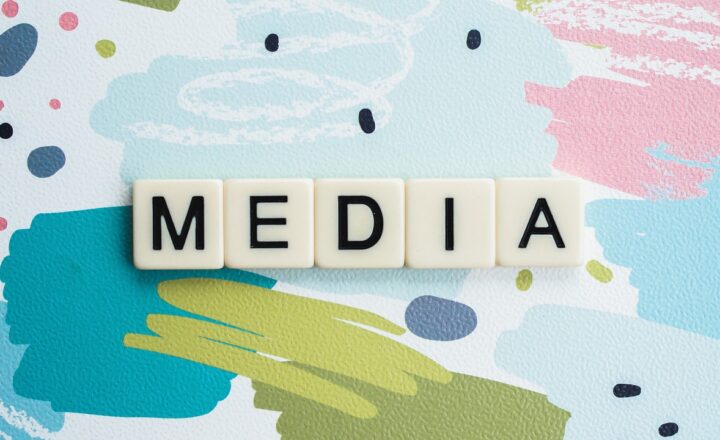The Role of Art in Shaping Social Movements Throughout History
November 16, 2024

Art has always played a pivotal role in human societies, serving as a medium for expression, communication, and activism. Throughout history, artists have leveraged their craft to inspire change, raise awareness, and unite people under common causes. From political protests to civil rights movements, art has been a powerful force in shaping social movements. This article explores the profound impact that art has had on various social movements across history, analyzing key examples and drawing connections between creativity and activism.
1. Art as a Catalyst for Change
Art serves as a catalyst for change by highlighting societal issues, sparking dialogue, and encouraging collective action. Artists have the unique ability to convey complex social messages through visual imagery, music, literature, and performance, often reaching audiences that traditional political discourse cannot.
For instance, during the tumultuous times of the 1960s, artists and musicians highlighted issues such as civil rights, anti-war movements, and women’s rights through powerful and evocative works. Songs like Bob Dylan’s “The Times They Are a-Changin'” became anthems for social change, inspiring generations to seek justice and equality.
2. The Power of Public Art
Public art installations and murals have the ability to transform urban landscapes into spaces of activism and innovation. They can serve as visual statements to address social injustices, memorialize struggles, and promote unity among diverse communities.
A notable example is the “Wall of Respect,” created in Chicago in 1967, which celebrated African American culture and figures while addressing the struggles faced by Black communities. This colossal mural became a focal point for the Black Power Movement, inspiring similar projects nationwide. By using public spaces as canvases, artists have been able to provoke thought and awareness on various societal issues.
3. The Impact of War and Conflict on Artistic Expression
War and conflict have historically had a profound impact on art and artists. In times of war, artists often feel the urgency to respond to the atrocities and injustices witnessed around them. The resulting works serve as poignant reminders of human suffering while advocating for peace and change.
A potent example is Pablo Picasso’s “Guernica,” which immortalized the horrors of the Spanish Civil War. This monumental painting serves not only as a protest against violence and oppression but also as a universal message advocating for peace.
Art created during times of conflict often speaks to the horrors of war and galvanizes public opinion against injustices, inspiring people to challenge oppressive regimes and seek change through nonviolent means.
4. Music as a Unifying Force
Music has long been recognized as a powerful tool in movements for social change. Songs have the ability to unite individuals across diverse backgrounds, creating a sense of solidarity and shared purpose. Protest music, in particular, has played a significant role in various social movements.
In the 1960s and 1970s, artists like Joan Baez and Pete Seeger used their music to advocate for civil rights and anti-war sentiments. The 1980s saw the rise of hip-hop as a means of voicing marginalized experiences, with artists like Public Enemy and N.W.A. addressing systemic racism and socio-economic issues through their lyrics.
More recently, movements like Black Lives Matter have utilized music to amplify their messages of justice and equality, revealing how art continues to foster activism and inspire change.
5. The Role of Digital Art in Modern Movements
The advent of technology and social media has transformed the way art intersects with social movements. Digital art, memes, and online campaigns have become significant resources for raising awareness, mobilizing communities, and shaping narratives.
For example, the viral meme of the “We Should All Be Feminists” hashtag, inspired by the work of Chimamanda Ngozi Adichie, has encouraged discussions on gender equality globally. The accessibility of digital platforms empowers individuals to express their views creatively, fostering community engagement and activism.
Moreover, artists like Banksy have utilized street art and social media to reach vast audiences, provoking thought and sparking conversations about crucial social issues ranging from poverty to refugee crises.
6. Art as Historical Documentation
Art is also a significant form of historical documentation, preserving the narratives and experiences of marginalized communities that might otherwise be forgotten. Artistic works often encapsulate the feelings, struggles, and aspirations of people involved in social movements, serving as a historical record for future generations.
Consider the powerful wartime propaganda posters from World War I and II that influenced public opinion and shaped national identities. Through art, we can understand the societal contexts in which these movements occurred, offering valuable insights into the human experience.
Similarly, photographers like Dorothea Lange documented the plight of American families during the Great Depression, giving a voice to the suffering and resilience of individuals during tumultuous times.
Conclusion
The relationship between art and social movements is undeniable. From inspiring change and fostering unity to preserving history and acting as a voice for the voiceless, art continues to play a vital role in shaping our world. As we move forward, it is essential to recognize and celebrate the power of art as an instrument for social justice and activism.
In the face of ongoing global challenges, artists and creatives have a unique opportunity to mobilize communities, inspire change, and advocate for a better future. By harnessing the power of art, we can foster connections, elevate marginalized voices, and work towards a more just and equitable society.








